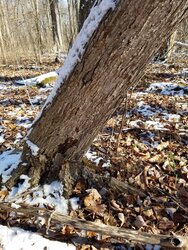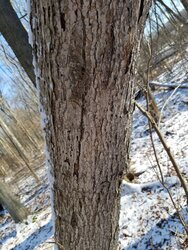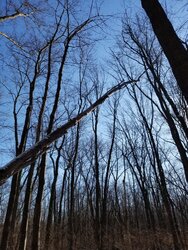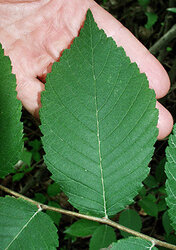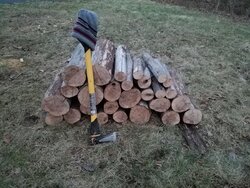Anyone know what this one is? It's fallen over and starting to lose its bark. It could make some nice starter logs for next year (about 6" dbh). The woods behind us have about 50% red maple, 10% sugar maple, some ash, cottonwood based on some tree's I've ID'd in our lower Hudson Valley NY woods. It has thin flaking bark; not enough branches to check for opp/alt branching.
There's dozens of trees down behind us and I want to figure out what is worth cutting.
Thanks.
There's dozens of trees down behind us and I want to figure out what is worth cutting.
Thanks.


